SWOT Analysis of Major Players in the Frozen Fish Industry
By. Najih - 10 Jun 2024.jpg)
The frozen fish industry stands as a cornerstone of the global food market, catering to diverse consumer demands while navigating a landscape rife with competition, regulatory scrutiny, and evolving market dynamics. At the heart of this ecosystem lie major players whose strategic decisions and operational prowess dictate the industry's direction. To decipher the intricacies of competitive strategies within this realm, a SWOT analysis serves as a powerful tool, offering a structured framework to evaluate the internal strengths and weaknesses and external opportunities and threats facing industry participants.
Strengths: Major players in the frozen fish industry boast a myriad of strengths that underpin their competitive advantage. These strengths often encompass robust distribution networks, vertically integrated supply chains, and extensive product portfolios catering to diverse market segments. Additionally, investments in research and development (R&D) facilitate innovation in product formulations, packaging, and processing technologies, enabling companies to stay ahead of evolving consumer preferences and regulatory requirements. Furthermore, established brand reputation and adherence to stringent quality standards bolster consumer trust and loyalty, contributing to market leadership and sustained profitability.
Weaknesses: Despite their strengths, major players in the frozen fish industry grapple with inherent weaknesses that pose challenges to their competitiveness. These weaknesses may include overreliance on specific product categories or geographic markets, vulnerability to fluctuations in raw material prices and currency exchange rates, and operational inefficiencies stemming from legacy systems or outdated infrastructure. Moreover, concerns regarding environmental sustainability and ethical sourcing practices may expose companies to reputational risks and regulatory scrutiny, necessitating proactive measures to address sustainability challenges throughout the value chain.
Opportunities: Amidst evolving consumer preferences, technological advancements, and emerging market trends, major players in the frozen fish industry are presented with a plethora of opportunities to expand their market presence and drive revenue growth. These opportunities may manifest in the form of diversification into value-added product categories, such as ready-to-cook meals or premium seafood offerings, to capitalize on the burgeoning demand for convenience and quality. Furthermore, strategic partnerships, mergers, and acquisitions enable companies to enhance their market reach, access new distribution channels, and achieve economies of scale, thereby strengthening their competitive position in the global marketplace.
Threats: The frozen fish industry faces an array of threats that pose significant challenges to major players' market dominance and profitability. These threats may include intensifying competition from new market entrants or existing competitors, exerting downward pressure on prices and margins. Additionally, geopolitical tensions, trade disputes, and regulatory uncertainties may disrupt supply chains, exacerbate market volatility, and impede companies' ability to forecast demand accurately. Moreover, evolving consumer preferences towards fresh, locally sourced seafood products pose a threat to the market share of frozen fish, necessitating innovation and marketing strategies to educate consumers about the quality, convenience, and sustainability of frozen seafood offerings.
.jpg)
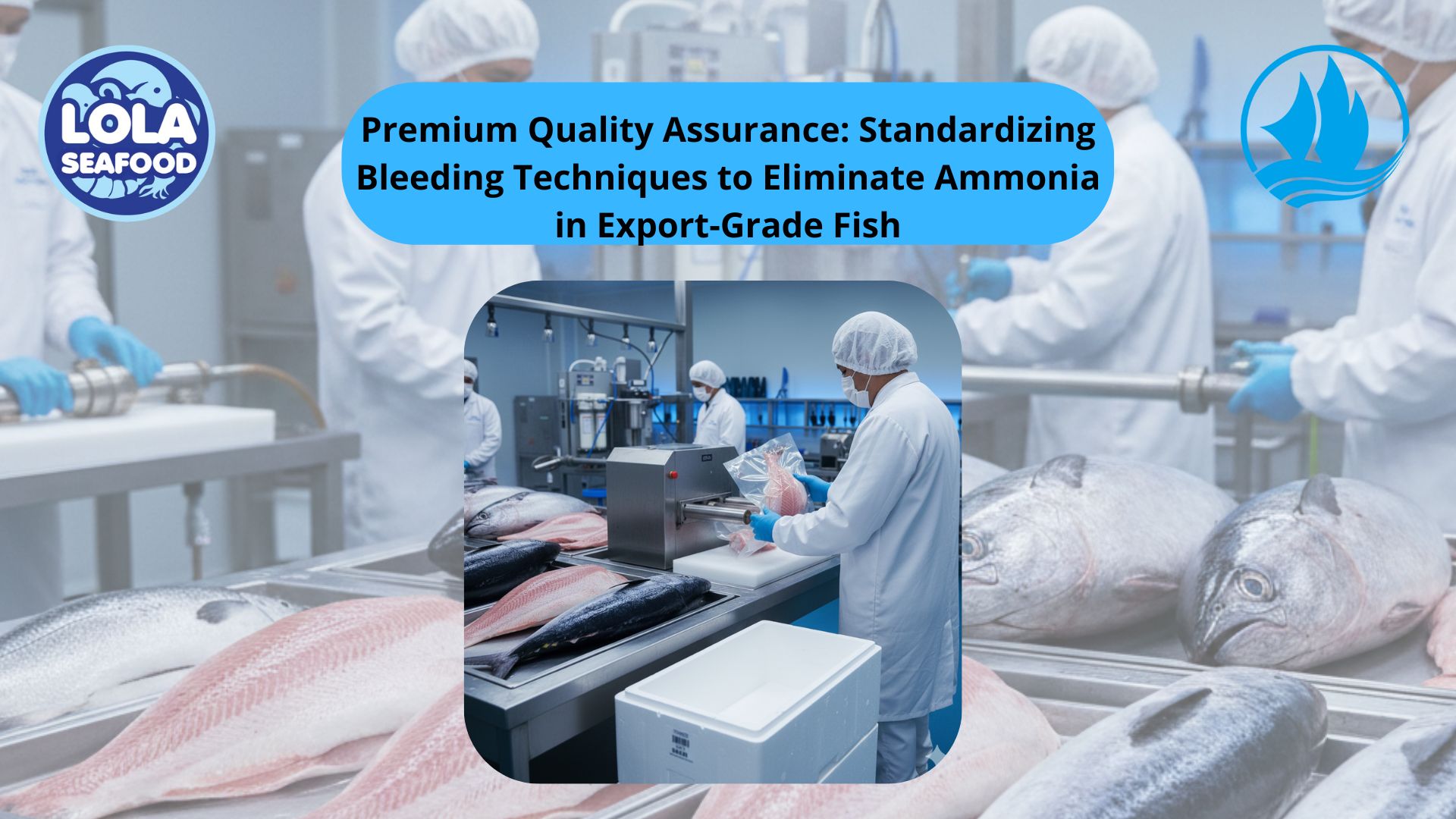
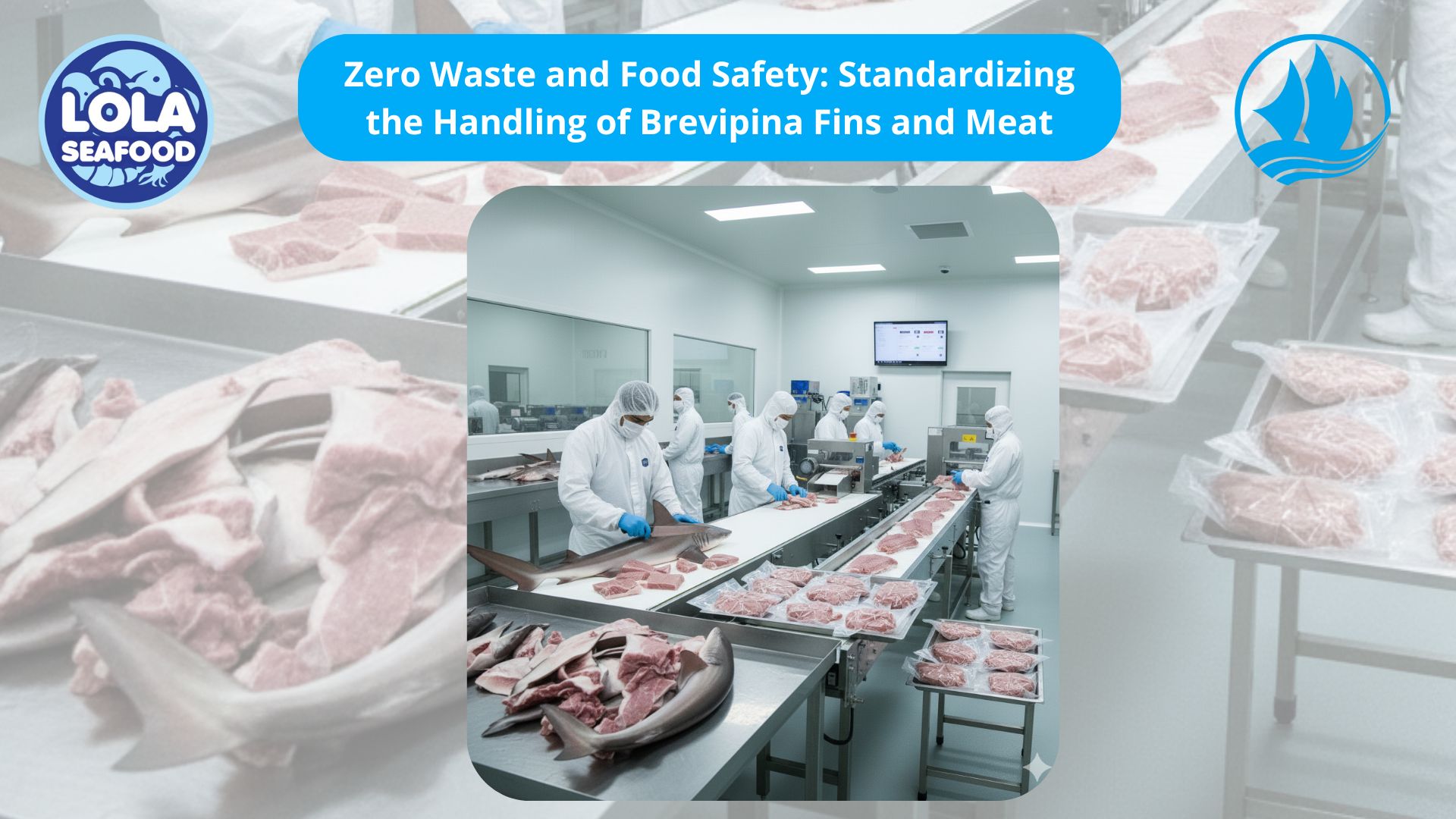

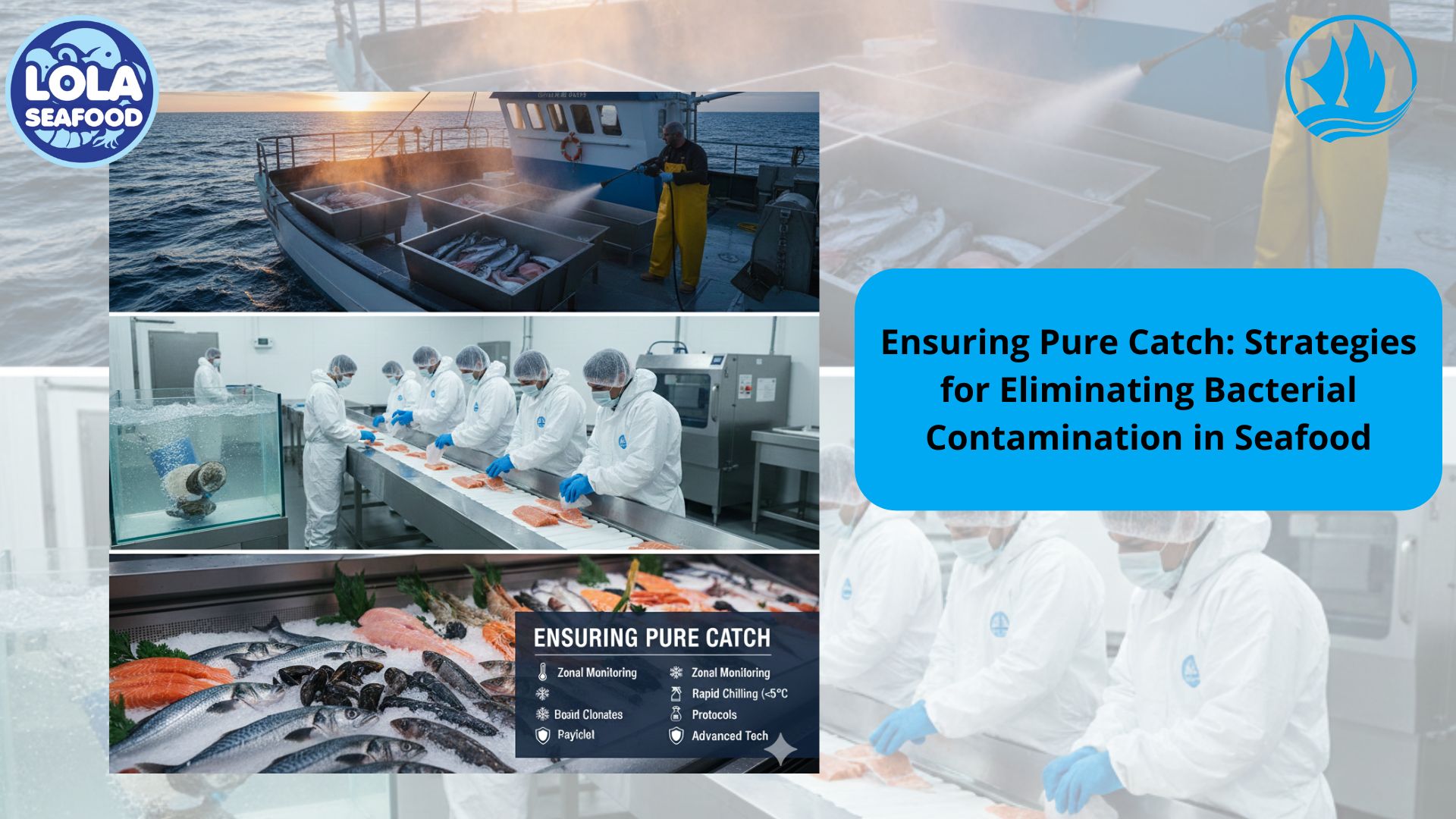
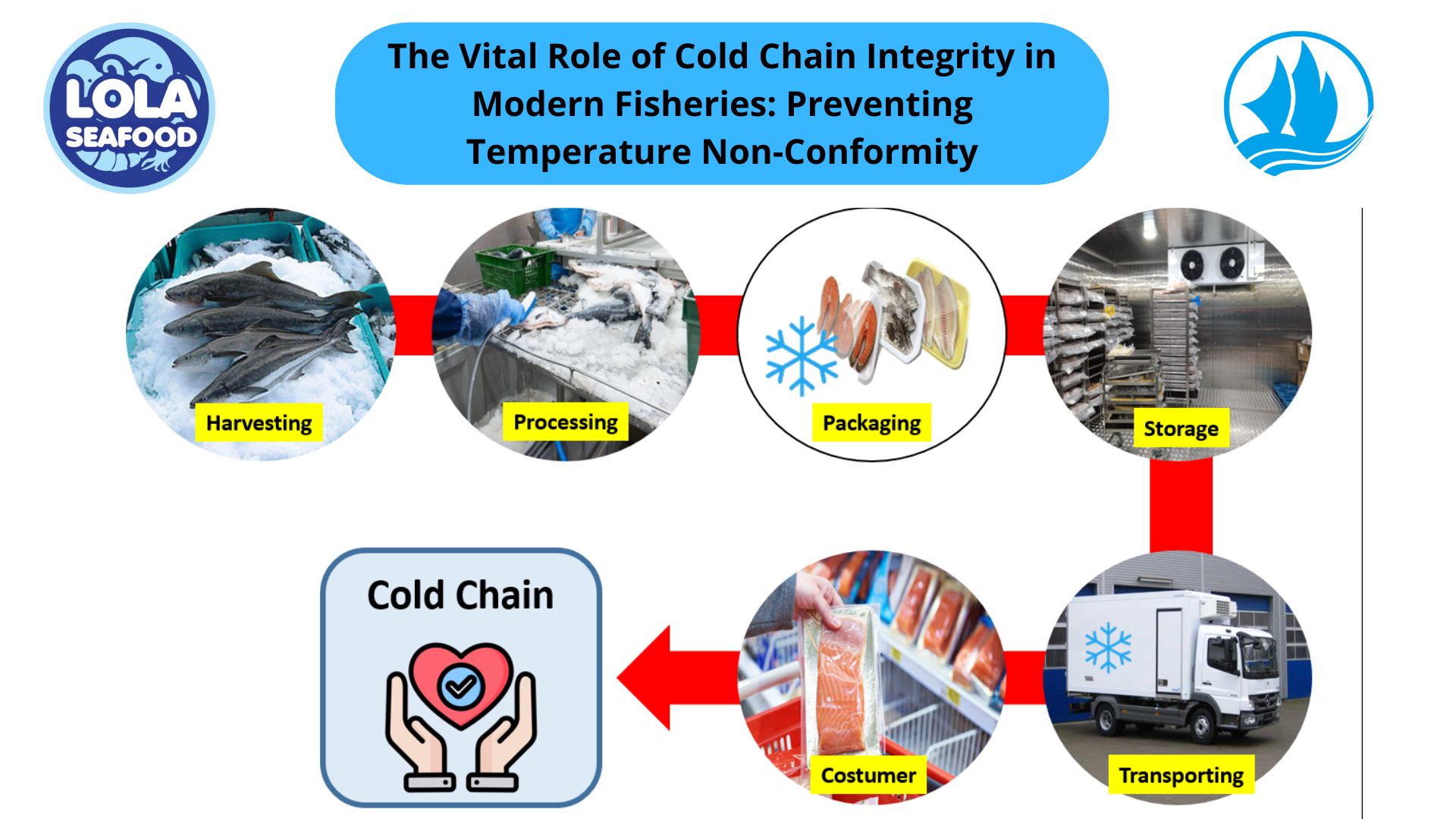
.jpg)
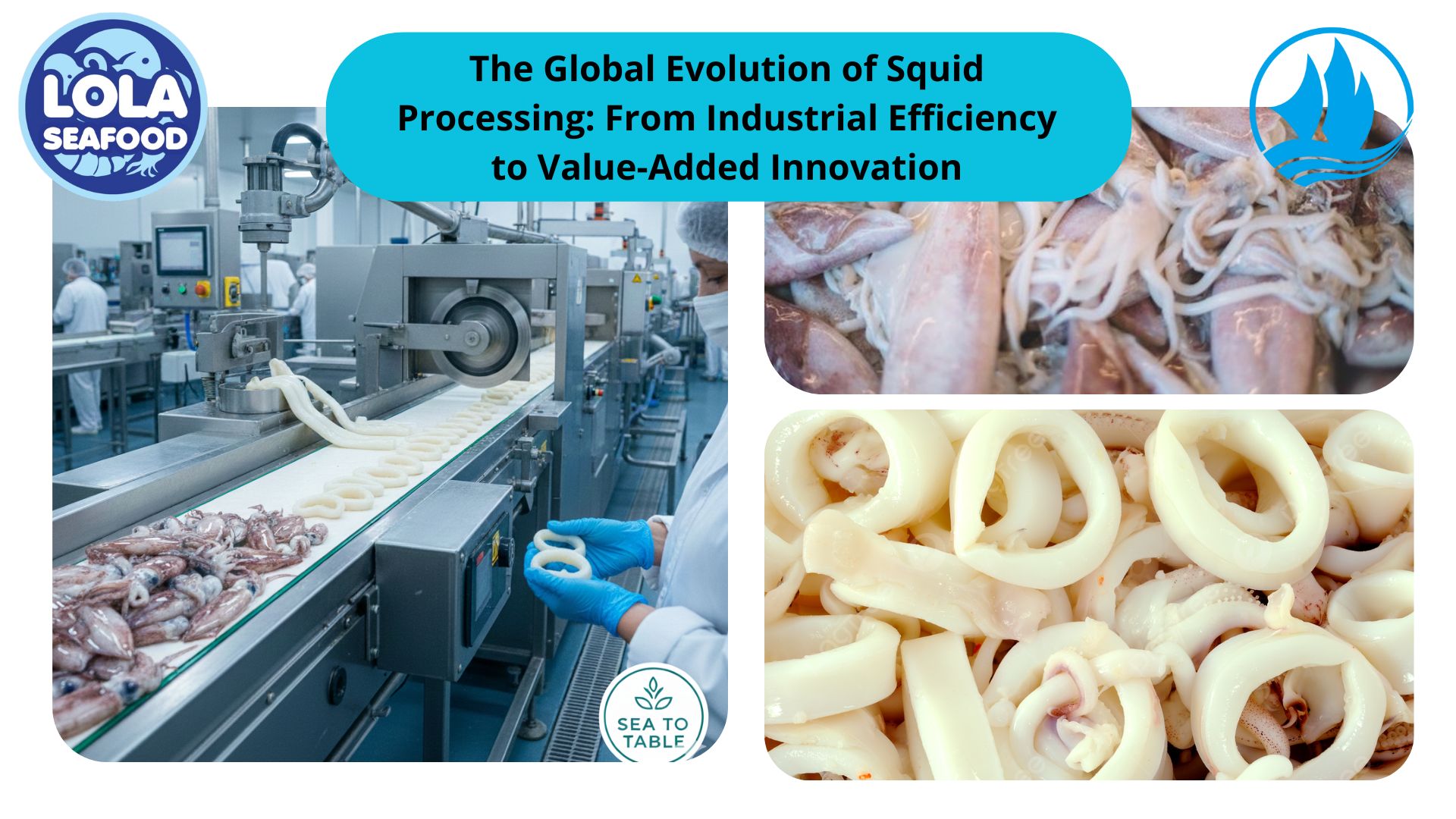
.jpg)